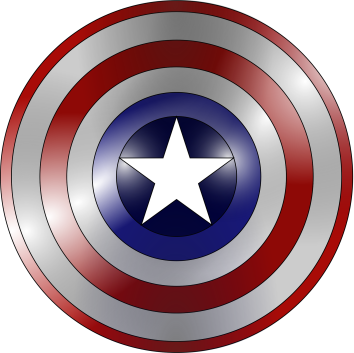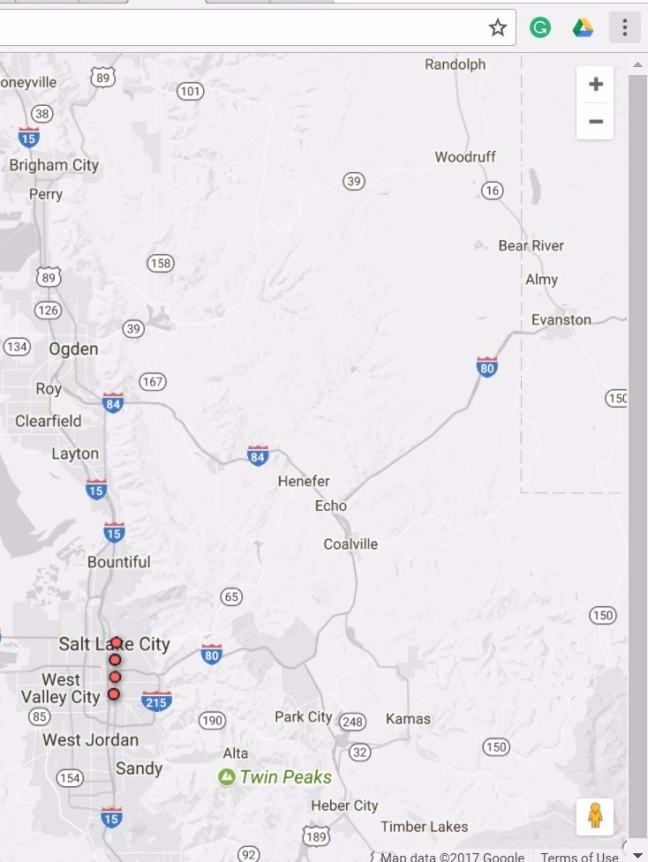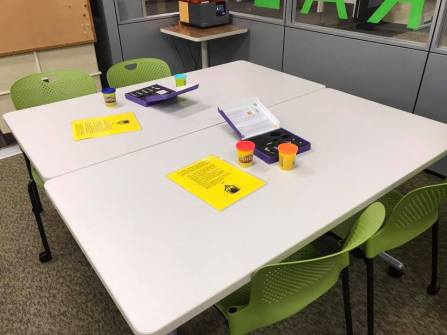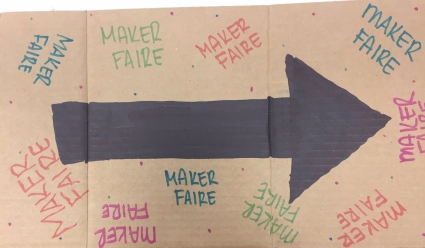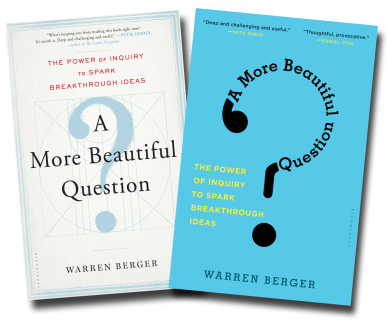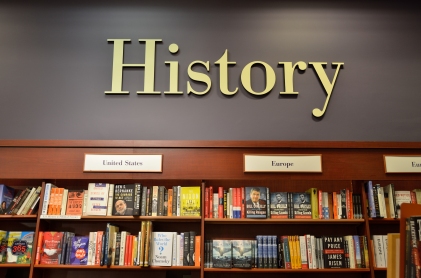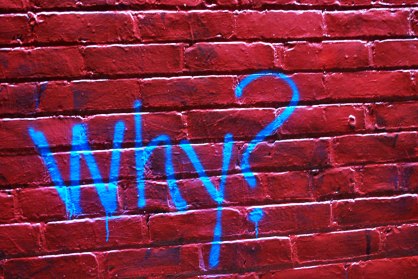Question
I found myself in another situation where I was researching something I know nothing about and providing a solution for it. This time I was able to rely on the help of three other great educators (Laura, Sarah, Lupe). Our task was to dissect the wicked problem of teaching complex thinking.
We used the Why, What If, How questioning process from A More Beautiful Question to help us understand the problem and develop the best bad solution. In a virtual meeting, using zoom, we discussed the problem of complex thinking and how to understand it. To start, we came up with over fifty why questions related to our problem. These why questions allowed us to think about the parts of our problem, instead of jumping right to answering it. Most people are uncomfortable with not knowing the answers and having to sit with a question (Berger 2016). It was definitely uncomfortable to start solving our wicked problem with more questions.
After we better understood our problem, we started to research complex thinking to find out what it is. Following our research and meeting, we each created our own individual infographic explaining the problem of Complex Thinking (mine is located below).
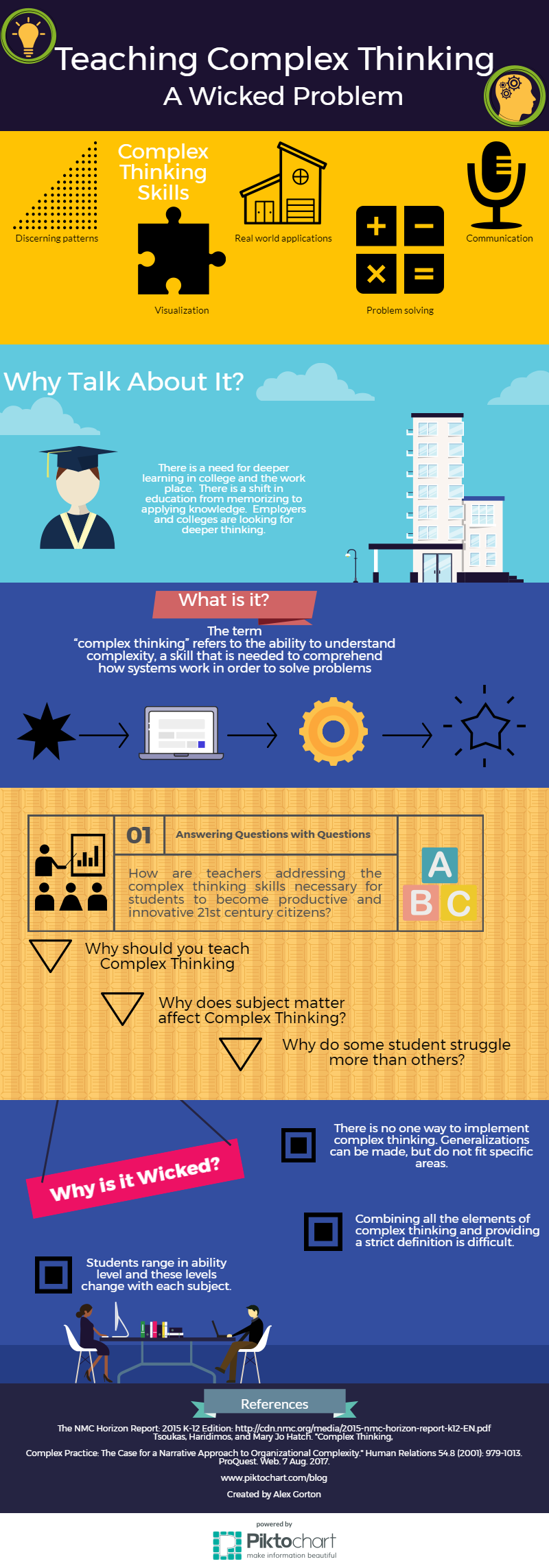
Solve
After completing the Why stage of our process, we moved on the What If questions. As a group, we connected virtually and asked what If questions to develop potential solutions. What If questions allow us to explore ways we can act on the problem of complex thinking (Berger 2016). After compiling our What If questions we need a way to gather more information about our wicked problem. During a virtual meeting, we created a survey to help identify what people know about complex thinking and what potential solutions we could provide for teaching complex thinking. For this survey, my colleagues and I reached out to our personal learning networks and learning communities. Our survey totaled 134 responses from teachers, administrators, counselors, across a multitude of subjects.
Share
After reviewing our data we noticed, participants addressed opportunities for student innovation as one of the most difficult areas to teach and student engagement in real world problems as one of the most important areas to teach. Our group discussed Berger’s (2016) ideas about why people evade inquiry to explain this. Making authentic connections is a difficult thing and many educators may avoid finding better ways to teach this. Berger (2016) argues “people tend to avoid fundamental questioning…” (P. 183) in fear of not finding a quick answer or not finding one at all.
Our best solution we developed as a team is to provide some examples of ways teachers can provide authentic inquiry into their classroom. We each researched different methods including project based learning, genius hour/20 time, student choice assessments, and authentic inquiry.
Below is a Thinglink my group and I put together explaining our research into complex thinking. You will find survey results along with explanations of possible solutions for this wicked problem.
These process of solving a wicked problem was wicked hard but my group persevered. It was not an easy task communicating between four people, on four different schedules, in two different states. We were able to be flexible, build off of each other strengths and put together the best bad solution we could to the wicked problem of teaching complex thinking.
________________________________________________________________________________
References
Berger, Warren. (2014). A More Beautiful Question: The Power of Inquiry to Spark Breakthrough Ideas. New York: Bloomsbury.


